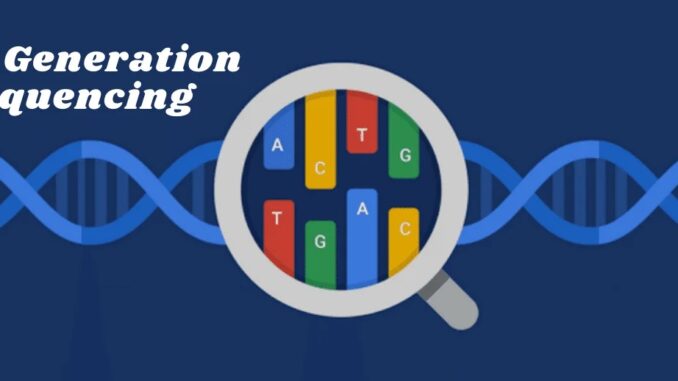
It’s estimated that 6.2 million Americans live with Alzheimer’s Disease, while by 2030, an additional 1.2 million will suffer from the degradations of Parkinson’s Disease. ALS, more commonly known as Lou Gehrig’s Disease after the famed baseball player who was struck down by the disease, affects an additional 20,000 people in the United States, 5,000 of which are diagnosed every year. Beyond these directly physical diseases is another epidemic of psychiatric disorders that impacts lives around the world on a daily basis. It’s easy to see that neurological diseases are no laughing matter, and being able to understand, treat and someday cure, these terrible diseases can make a huge impact on our communities, families and health care systems.
Advanced Sequencing for Outstanding Research Possibilities
One tool available to researchers and medical professionals is next generation sequencing. Genomics technologies including this type of sequencing along with microarrays are allowing neurogenomic research to be drastically accelerated. By providing a glimpse into the mechanisms that are behind these terrible diseases, we can gain a better understanding of both how they operate and to block their modes of action, moving us closer to genomic-specific treatments and cures.
Part of the reason why advanced sequencing has become so important is the role that is played between epigenetics, heritable and nonheritable mutations, and other factors. Next generation sequencing gives us analysis that improves our understanding of how these factors integrate with each other so that we have a better view of how these diseases take hold, what role genetics has in the probability of a patient developing one of these diseases and how to combat the terrible effects they can have on patients’ daily lives and quality of life.
Because this level of detail facilitates large-scale research and studies of the various genetics involved in developing neurological disease, using this type of sequencing to improve the number of data points available without extensively increasing the amount of work that needs to be done in the process can be a great boon for researchers who are often hard-pressed to complete a wide range of analysis that would otherwise be past their capabilities.
This type of research may continue to provide great options for developing and standardizing microarrays for diagnosis and research into ADHD, autism, schizophrenia and similar diseases, as well as for designing and developing treatments for this type of disease. In some areas of research, single-cell mRNA sequencing is drastically improving neuronal classification, while other researchers are using targeted next generation sequencing to discover novel genome variations that are linked to neurological and metabolic disorders.
As new sequencing techniques and technology continue to move forward, the equipment we use will also see significant changes, including high-density arrays that can match over 180,000 markers linked to the most common neurodegenerative illnesses, specialized content to improve the data and analytics available from microarrays to help improve mental health outcomes, high-density microarrays to provide better data and analytics for larger scale genetic research for determining psychiatric risk and genetic predisposition, pharmacogenomics-focused genotyping microarray to develop genetic disease studies as well as polygenic risk score estimates, targeted research sequencing panels that cover genes that are associated with reactions and responses to approximately 100 medications and sequencing panels to assess over 750 genes in which variants can impact brain and nervous system functionality.
Digital transformation is having a drastic, positive effect on our industry, from faster, more integrated workflows that improve target enrichment opportunities, whole-exome sequencing, targeted drug discovery, new research opportunities, better study data depth, superior analytics, and custom and fixed panels.
